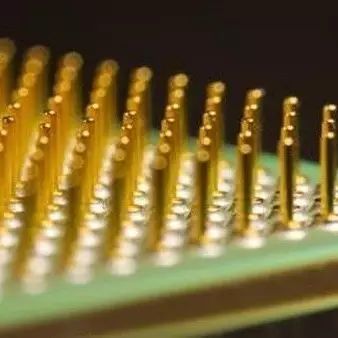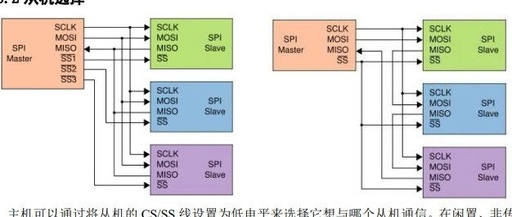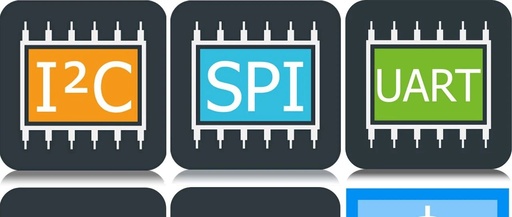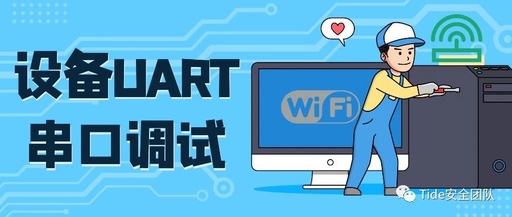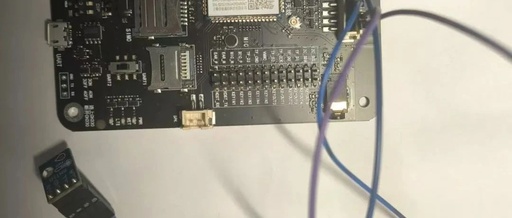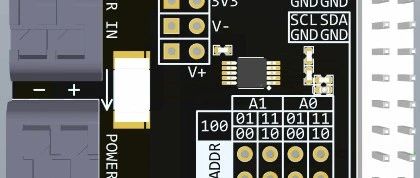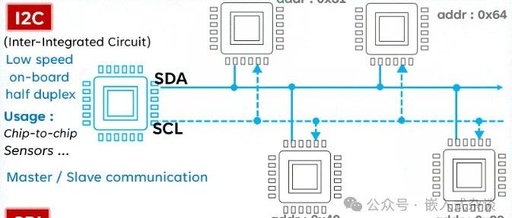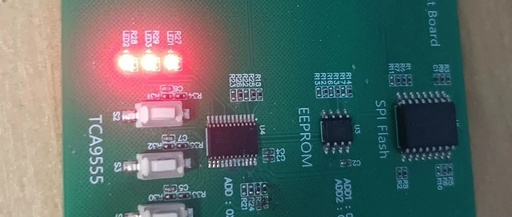Introduction to SPI, UART, and I2C Serial Buses
SPI (Serial Peripheral Interface) SPI is a high-speed, full-duplex, synchronous, serial communication bus with a 3-4 wire interface, operating in a master-slave mode, allowing multiple SPI devices to be interconnected. The SPI device that provides the SPI serial clock is the SPI master, while other devices are the SPI slaves. The SPI bus consists of … Read more
